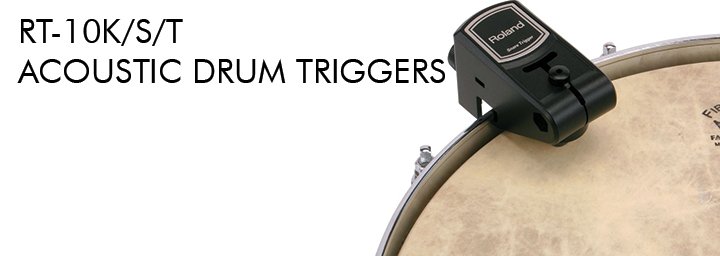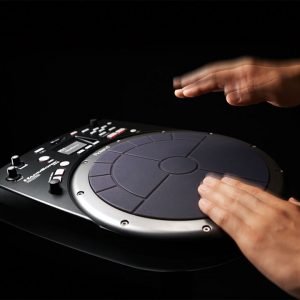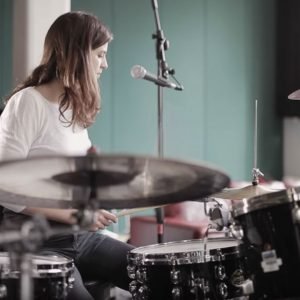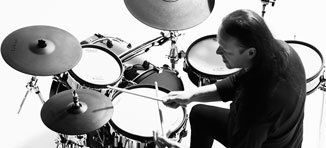Hybrid may be the new black, but, as Michael Schack explains, it’s hardly new. By digitalDrummer Magazine.
‘HyBRID’ IS A term which mainly has been used in natural science and biology: it is synonymous with heterozygous, meaning “any offspring resulting from the mating of two genetically distinct individuals”. Where a drummer meets a guitar or violin player, perhaps?
In electronics, a computer can be called hybrid when combining analogue and digital features. And here’s where the music comes in. As early as the late ‘70s, the first commercially released electronic stand-alone pads found their way into drum set-ups. And as e-drums began to appear, some professional drummers started combining the Pearl, Tama, Simmons, DrumKat and Roland ‘digital’ stuff with their acoustic snares and cymbals. So, in short, drummers went hybrid way earlier than Japanese or Korean car manufacturers. Personally, I clearly remember the spring of 1982 when I heard the American R&B/Funk band Cameo on the radio using Simmons kicks, snares and toms combined with a traditional cymbal setup. In mid-1986, Cameo scored their number one hit “Word Up”.
So what’s ‘new’ about “hybrid drums” then?
Actually, nothing. Zip. Nada. In fact, even by the ‘80s, keyboard players had been playing their “hybrid” set-ups for quite somtime already. Joe Zawinul, George Duke, Chick Corea and so many other more Jazz/Fusion-oriented pianists never left home without a synth or digital keyboard on top of or beside their classic pianos. And guitar players, well, from the appearance f their digital FX stomp boxes and all-in-one digital guitar synths, they have simply breathed “hybrids” for a few decades already. In my opinion, one of the ground-breaking sound combinations of an acoustic drum with digital drum sound layering must be Dave Weckl’s set-up on the first Chick Corea Electric Band album released in 1986. He was using a Simmons-style, yamaha digital module generating low-frequency sounds to beef up his tom, snare and kick sounds. And that is actually still the goal of hybrid drumming today: to make it sound BIG, maximise the impact and move people’s ears.
It’s been done in the studio for decades, and there are some live bands that really do live by the slogan “No Hybrid, No Show”. One of the best examples is the kick sound of Metallica. Since way before today’s producing DJs started layering 17 kick sounds to kick the dust out of PA sub cabinets, metal drummers and their engineers have been the true talents in layering drum sounds and taking hybrid sets around the world.
TRIGGERS
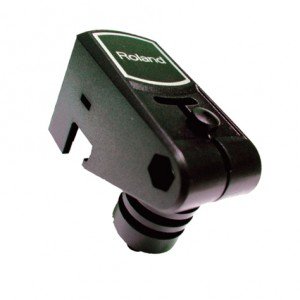
You may not see any pads, but there are triggers there. Many triggers. And the ones on those kick drums are used throughout the concert. They trigger modules that provide extra lows and attacking highs to keep the guitar players on a leash. The acoustic kick sound is still prominently present, hopefully not turning up first in the PA speakers. Because older “hybrid” set-ups unfortunately had one big bottleneck which also turned many drummers off: latency. you hit the kick, and the layered digital sound comes later. Especially when playing higher tempo music, some drummers sounded like they were playing flams all over the song. So at that time, no decent hybrid drum sound was possible without a professional sound engineer delaying some of the acoustic sounds to match what was coming out of those electronic modules and samplers.
So until recently, hybrid drumming was mainly about adding some pads, a sampling pad like a Roland SPD-S or SPD-SX, and maybe a trigger on the acoustic snare for some extra low end or clap sounds.
But, then came the DJs … and many drummers realised their acoustic kick sound was simply not cutting through.
Besides the new demand for solid kick sounds, latency has also become less of an issue as modules and their processors have become faster than ever before.
So, how is hybrid used today? I’ll be back in the next edition to explain…
Related Article
Small Device, Huge Impact – Coming Soon!


